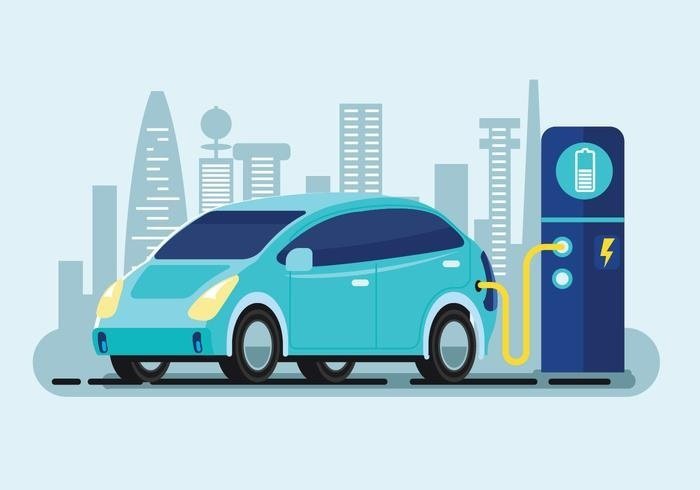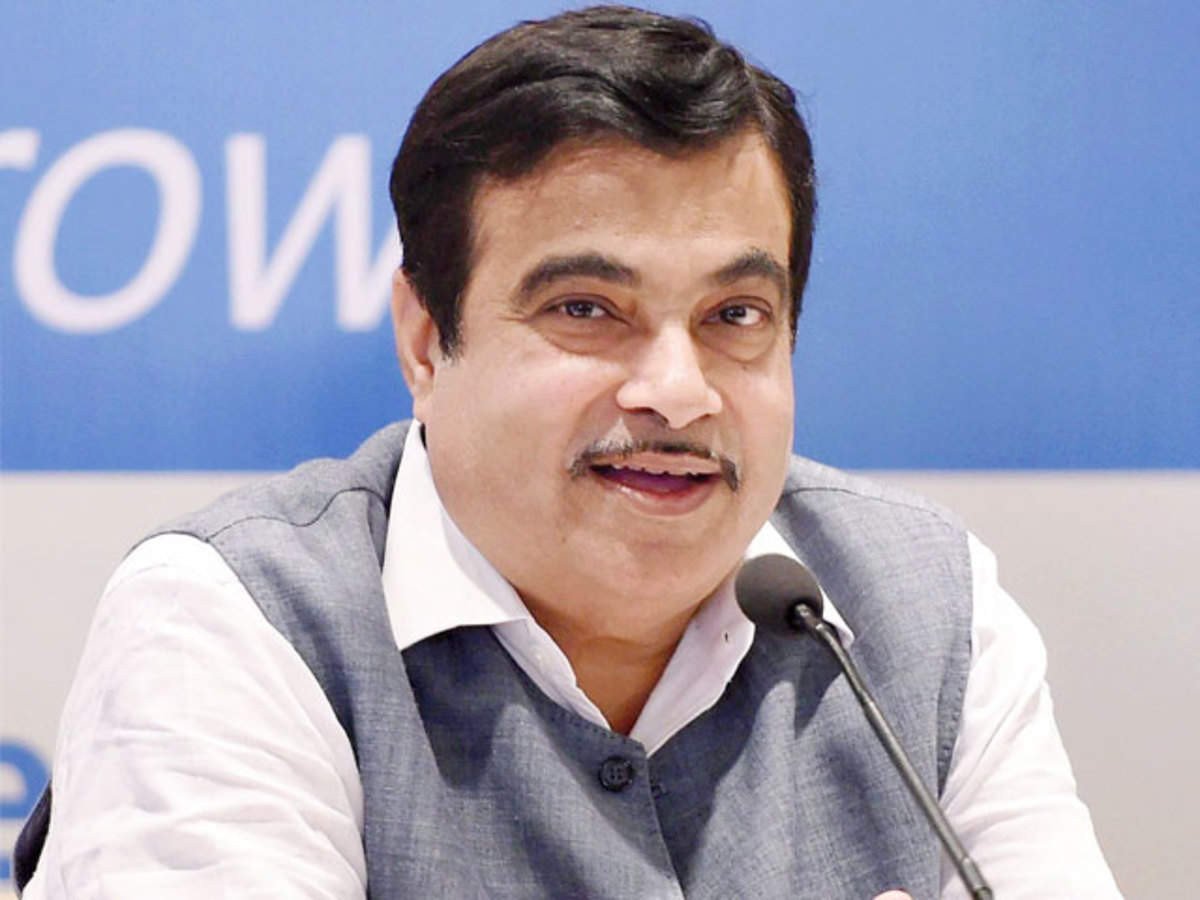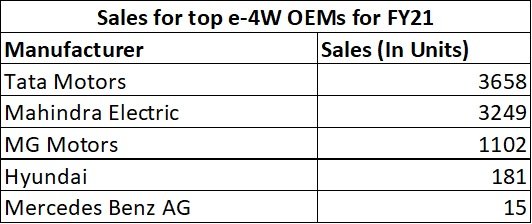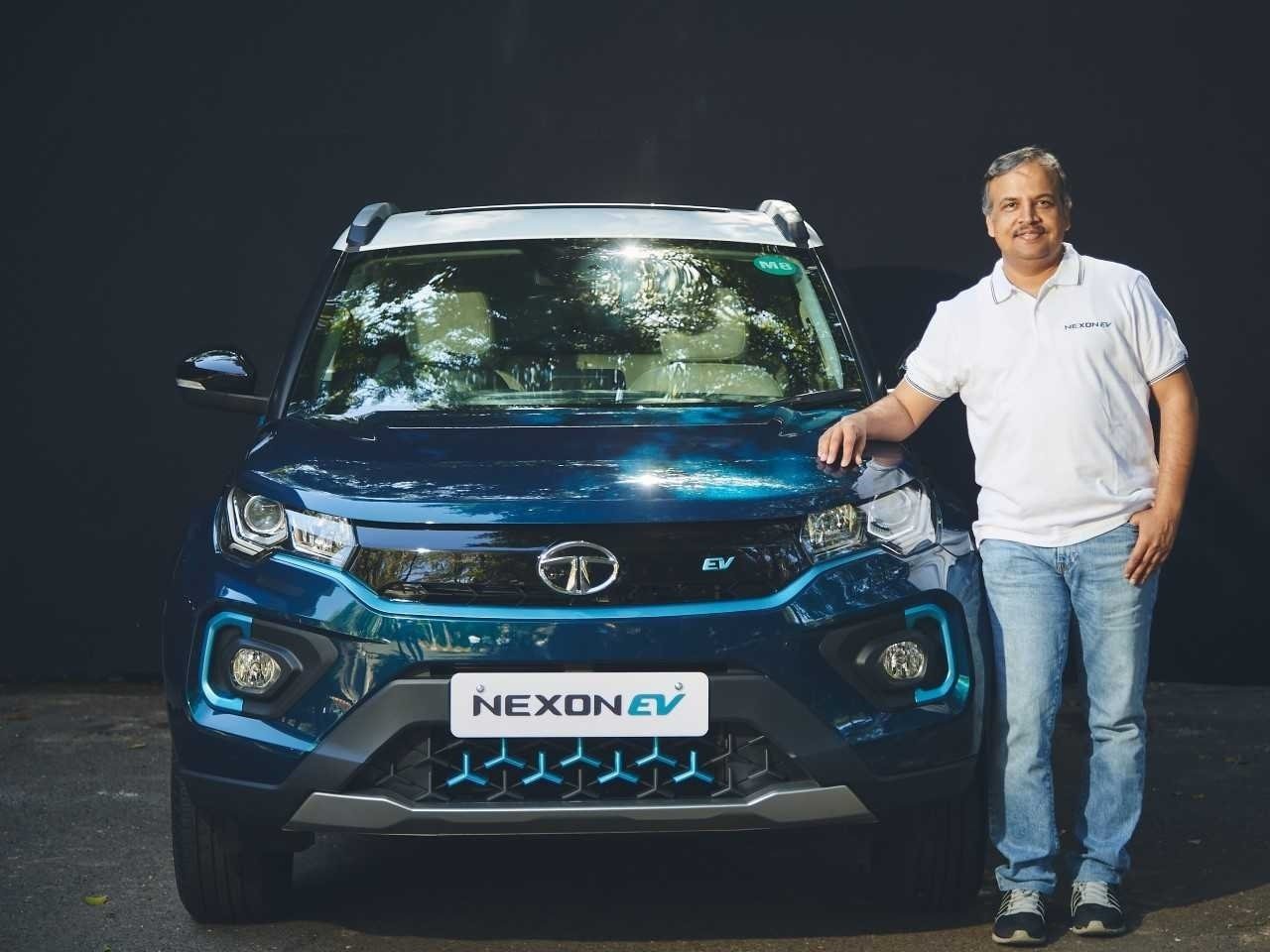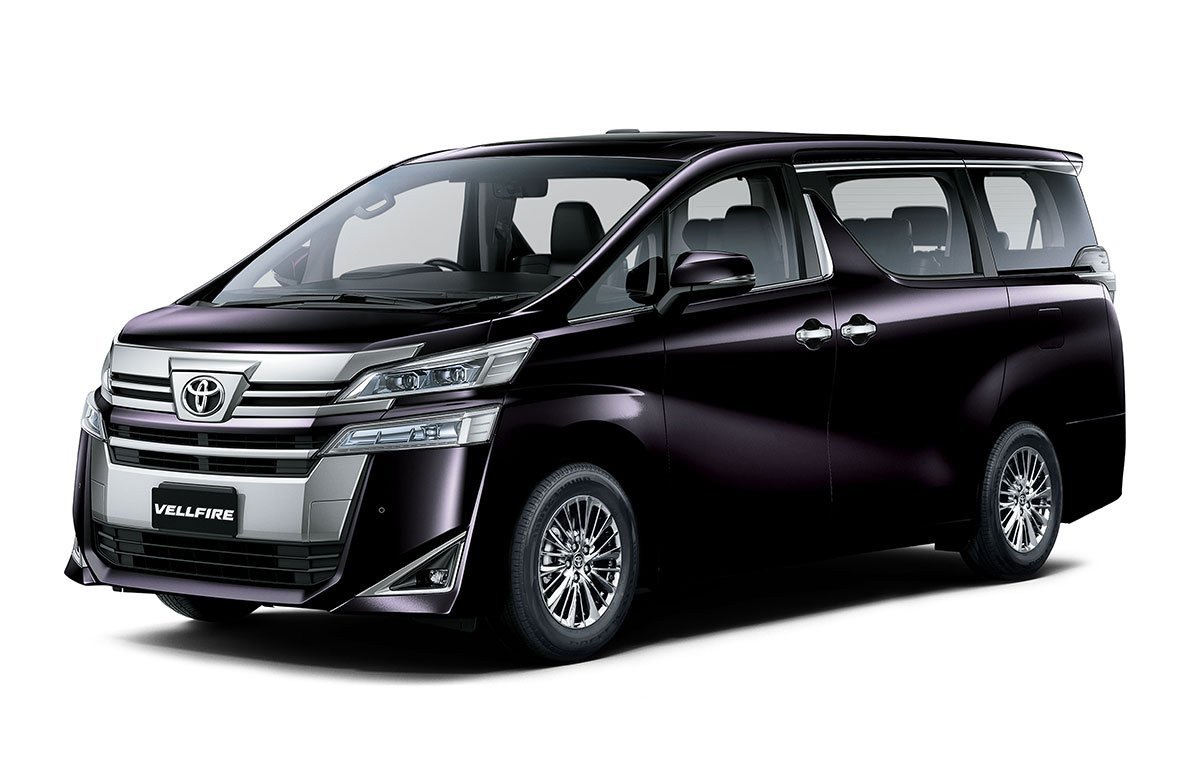e-4W drives eco-friendly transportation, a sustainable way!
As the nation moves towards reducing carbon footprint, clean mobility can help India meet its Paris Agreement commitment of reducing carbon emission to a considerable level.
The adoption of electric vehicles (EV) in India has been steady in recent years and the government's goal to electrify 70 percent of all the commercial vehicles, 30 percent of private cars, 40 percent of buses, and 80 percent of two-wheeler and three-wheeler sales by 2030 will be a step in the right direction towards emerging EV and their technologies in the country.
EVs in India have opened plenty of business opportunities for automobile companies within the country and across the globe.
Though the market in India has given a lukewarm response to electric vehicles there subsists huge opportunity for the growth of EV.
The government of India is dedicated to the adoption of e-mobility for a cleaner and greener environment. Robust supporting infrastructure with a lower tax on e-vehicles could help to accomplish the adoption faster.
The industry is also capitalizing aggressively in technology and towards building the ecosystem. This, along with reducing battery costs will positively boost the sector in upcoming times. Furthermore, the demand for EVs will see a substantial jump owing to future emission norms.
Benefits of EV:
- Cost-effective: With the arrival of advanced technology and committed R&D, both the cost and maintenance of EV have gone down. The government is incentivizing the use of EVs by providing subsidies and lower motor taxes on EVs.
- Environment friendly: EVs are 100 percent eco-friendly. They do not release toxic gases or smoke into the environment which leads to global warming and aids to reduce pollution.
- Energy security: As electricity is majorly produced from either renewable sources or from sources that emit no greenhouse gases (GHG) thus EVs help in maintaining energy security by shifting dependence from non-renewable resources to renewable resources.
- Low maintenance: Electric vehicles require less maintenance than conventional vehicles as there are fewer fluids (like oil and transmission fluid) to change and fewer moving parts.
- Reduction in noise pollution: Electric vehicles are quieter to operate than gasoline-powered vehicles, leading to a reduction in noise pollution.
Government's push for developing the e-4W market:
In February, to boost electric mobility, Union Minister for Road Transport & Highways, Nitin Gadkari informed the Parliament that the government aims to support through subsidies about 62,000 e-4Ws and e-buses, besides 15 lakh e-3Ws and e-2Ws. The focus is also on creating an electric charging infrastructure.
Phase-II of Faster Adoption and Manufacturing of (Hybrid &) Electric Vehicles in India (FAME India) scheme is being implemented with complete budgetary support of Rs 10,000 crore, he added.
"This phase emphasis supporting electrification of public & shared transportation and aims to support, through subsidies, approx. 7000 e-buses, 5 lakh e-3Ws, 55000 e-4Ws cars, and 10 lakh e-2Ws.
Gadkari said his ministry has issued regulations and advisories to encourage the use of electric vehicles.
In April, the Ministry of Heavy Industry and Public Enterprise (MHIPE) has announced that the validity of 'Faster Adoption and Manufacturing of (Hybrid) and Electric Vehicles (FAME)-II' certificates for all vehicle models (e-2W, e-3W, and e-4W) will be one year from the date they are issued. The certificates issued earlier were valid until March 31, 2021.
EV sales for FY-21:
Towards Green Mobility: Addressing Climate Change:
Compared to traditional petrol or diesel vehicles (ICE), EVs are cheaper to run and have a significantly less adverse impact on the environment. EVs are crucial to meeting global goals on tackling climate change. Battery-powered EVs promise zero tailpipe emissions, reduced air pollution in cities, and cheaper renewable energy in India.
For India to reach 30 percent EV penetration by 2030, a strong execution framework and a step-by-step methodology are required to develop the electric vehicles' ecosystem.
To learn more about the industry's viewpoint on electric four-wheeler sector development in recent times, ETN connected with a few of the prominent industry manufacturers
Mr. Anand Kulkarni, Product Line Director – Electric Vehicle & ALFA Architecture –Passenger Vehicle Business Unit, Tata Motors:
E-mobility adoption and challenges:
The electric vehicles (EV) industry in India is at a nascent stage and poised to grow fast in the future with the launch of more accessible EVs, growing charging infrastructure, reducing the price gap between conventional and electric cars, and inherent benefits of EVs, in terms of operating costs and maintenance costs. In recent times we have seen encouraging growth in EVs. The personal segment-focused EVs have been primarily driving growth in FY21. On the back of personal segment products, like Nexon EV, EV sales grew more than two times in FY21, despite the pandemic hit the first half of FY21.
e-4W market development amid fuel price surge:
With increasing fuel costs at the pump, the operating costs breakeven between internal combustion engines (ICE) and EVs are getting more and closer. Also, with refinement, performance, and lower maintenance costs, electric vehicles are proving to be smart choices for customers in cities. We anticipate that with the subsequent rollout of a more robust EV supporting infrastructure, the e-4W market is expected to pick up at an accelerated pace.
Atmanirbhar push to indigenous manufacturing:
Since EV is a new technology, a significant value in terms of components and parts, are imported. Some major auto component suppliers have taken the plunge and are proactively investing in the new technology components to take the lead. Many vendors who earlier supplied components to the ICE ecosystem are gearing up for supplying EV parts and aggregates. This is leading to increased localization of parts and aggregates as well as growing competence amongst the suppliers. This will further help in making EVs more accessible. Some of the suppliers that we work with are Bosch, APTIV PLC, and Tata Autocomp Systems Limited (TACO) for various critical components.
Addressing climate change with sustainable transportation:
India is home to 14 out of 15 world's most polluted cities (based on PM2.5) so it is essential we find ways to lower emissions in the interest of public health. The transport sector is the fastest-growing contributor to climate change, accounting for 23 percent of global energy-related greenhouse gas (GHG) emissions. Gradual transition to electric vehicles will help address this challenge as this technology offers zero emissions. Therefore, adopting EVs can have a positive impact on the long-term fight against climate change.
Mr. Vikram Gulati, Senior Vice-President, Corporate Affairs and Governance, Toyota Kirloskar Motor
E-mobility adoption and challenges:
Electrification provides a possible solution to achieve nationally important objectives like lowering fossil fuel consumption, energy security and mitigation of carbon emissions, etc. In the last couple of years, we have seen a series of measures by both the Central and State Governments to support the adoption of electrified mobility through various interventions like the FAME-II incentive scheme, lowering of GST on electric vehicles, income tax benefits, road tax reduction, direct demand creation as well efforts to set up charging infrastructure. While the offtake of electric vehicles has picked up, but it continues to quite low.
The key challenges to electric mobility include affordability, lower consumer acceptance, lack of charging infrastructure, and absence of a local manufacturing eco-system. We believe that for mass electrification, it is essential to have large-scale local EV parts manufacturing eco-system that is globally competitive in terms of price and quality. To achieve this, the world over, policies have supported all xEV technologies to attain investment viability through demand aggregation for EV parts as these are common across all xEV technologies. This approach can help reduce costs, resulting in higher consumer acceptance thereby leading to faster adoption. In many countries, a carbon emission-based taxation (GST) structure has helped bring down the prices of all xEVs substantially and drive the market to consumer acceptance for these technologies. We hope that with supportive technology-neutral government policies, including an adequately favorable taxation regime for all xEVs, we will be able to realize our objective of mass electrification, spurring demand with a focus on 'Make in India'.
e-4W market development amid fuel price surge:
India represents the fourth largest automobile market in the world, but it is also a country with a huge dependence on oil imports, with a $112 billion import bill in FY19. An increase in fossil fuel prices helps to improve the savings on the operating side costs for EVs; however, the existing higher upfront acquisition costs remain a challenge for EV adoption.
Alternate fuels and xEVs are key enablers for lowering dependence on fossil fuels. The challenge before the country is to make sure that as we shift to EVs, the savings from the reduction in oil consumption is not nullified by the increase in imports of EV parts. Hence, we need to ensure that a robust local manufacturing ecosystem for EV parts is created, a vibrant globally competitive local manufacturing ecosystem will result in cost reductions and contribute to faster and more sustainable consumer acceptance of all xEV technologies.
Atmanirbhar push to indigenous manufacturing:
In the last two decades, our philosophy and focus have been to strengthen and increase the local supplier base by consistently collaborating with our supplier partners to enhance their capacities and capabilities by sharing Toyota's best practices and skilling of manpower. In this direction, Toyota Kirloskar Motor has spent an average of 40,000 man-hours every year to enhance processes through the system, management, training, and hardware development. Further, another 8,500 man-hours are spent per year on people development.
Regarding localization, we are constantly trying to increase the levels with every new product launch and our dependence on imports has significantly reduced. Currently, the localization levels for our flagship products (IMV series) are averaging about 85 percent. We are working closely with all relevant stakeholders to support our Tier I, II, and III suppliers to reduce import dependence and become globally cost-competitive. Further, we believe the integration of sustainability in the supply chain is crucial to deliver long-term results and competitiveness.
Make In India push to localization of auto components:
TKM works with a wide network of supplier partners and onsite suppliers of auto parts, components, and sub-assemblies to enhance its overall product quality and promote lean manufacturing. The high levels of localization that Toyota Kirloskar Motor has been able to achieve is made possible through reliable and sustainable manufacturing processes such as Toyota Production System and concepts like Jidoka (automation with a human touch) achieved through human development initiatives for our supply partners.
Addressing climate change with sustainable transportation:
The auto industry is going through a huge transformation primarily driven by factors like technology, health, energy security, and climate change. Globally, due to the large-scale use of fossil fuels and rising vehicular emissions, there is an immediate need to reduce carbon footprint and use environment-friendly technologies for a sustainable future. This has led many countries to encourage acceptance of innovative and environment-friendly xEV technologies.
For instance, in the European Union (EU), original equipment manufacturers (OEMs) are deploying all xEVs that include BEVs (Battery Electric Vehicles), PHEVs (Plug-in Hybrid Electric Vehicles), and SHEVs (Strong Hybrid Electric Vehicles) to achieve the fuel efficiency or CO2 emission norms. The adoption of all these technologies is increasing particularly so for SHEVs and hence Toyota has led the ranking and posted the best improvement in CO2 emission in 2019 as compared to the previous year. Even in 2020, Toyota is amongst the few large OEMs that continue to reduce CO2 year on year.
The carbon emissions and impact on climate change has to be evaluated holistically and usually, well-to-wheel (W2W) approach (that measures carbon emission from energy generation to consumption stage) or life cycle (LC) approach (that includes carbon emission from manufacturing, usage, and final disposal of vehicles) are used globally. Hence, the energy mix of a country is the key determinant of the extent of carbon reduction from various xEV technologies. Using grid energy through EVs/PHEVs makes a good impact for a country with higher levels of renewable energy and better transmission infrastructure. However, currently, India is still predominantly dependent on fossil fuels (coal & oil) and has higher transmission & distribution losses, hence as per the assessment of various expert agencies the carbon savings from EVs based on W2W or LC basis is not so high. In fact, for India currently, SHEVs have a lower carbon emission and till the time the share of renewable energy increases significantly, SHEVs which have a very good consumer acceptance due to their very high fuel efficiency, better performance, lower price gap with internal combustion engine vehicles, and not being dependent on charging infrastructure offers a very impactful solution to the reduction of carbon emissions from four-wheelers. In India, TKM was amongst the first OEMs to introduce SHEVs. Over the years, cumulatively we have sold over 5,400 SHEVs in India of which over 4,900 units were Camry hybrid vehicles, which alone resulted in CO2 emission reduction of over 14.1 million kilograms and fossil fuel savings of over 5.9 million litres.
One of the most impactful policy interventions to reduce vehicular carbon emissions is to link the Goods & Services Tax (GST) levied on vehicles to their carbon emissions, this technology-neutral approach will complement Corporate Average Fuel Efficiency norms and drive the market to adopt various innovative technologies to attain the objective of reduction of fossil fuel consumption.
Way Forward:
For the EV sector, the government should work towards developing an ecosystem across the value chain. Now more than ever, policy actions with a long-term vision have become critical. It is important to enable a holistic growth for the EV sector and developing a strong EV value chain in the country. This will also support the government's objective of the country becoming self-reliant and enhancing domestic manufacturing. India is a large market for automobiles and with a paced transition to EVs, the country can enhance local manufacturing, lower oil dependence and consumption, and indeed enable a global clean transition


